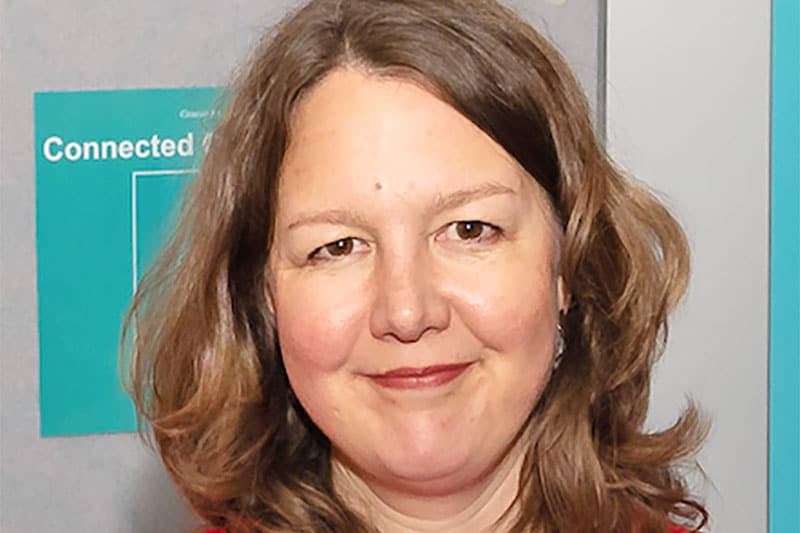It has been said that measuring corruption is like trying to measure an iceberg: there’s the piece above ground and a much bigger chunk that’s hidden. And then there’s the expression that one person’s bribe is another person’s way of saying “thank you.” So, experts are left wondering: what is corruption, and even if we could define it, how can we measure something we can’t fully see?
Many researchers have tried to quantify the level of political and financial crime in any given country. Among the best-known efforts are Transparency International’s Corruption Perceptions Index and the World Bank’s Worldwide Governance Indicators. As tricky as these indices admittedly are to compile, they have not been immune from criticism.
When the Washington, DC-based think tank Global Integrity stopped publishing its Global Integrity Index in 2011, it cited inherent shortcomings of numerical rankings. “Indices rarely change things,” the organization’s co-founder Nathaniel Heller wrote. “A single number for a country stacked up against other countries has not proven, in our experience, to be a particularly effective policy making or advocacy tool. Country rankings are too blunt and generalized to be ‘actionable’ and inform real debate and policy choices.”
At the International Anti-Corruption Academy (IACA) in Vienna, Liz David-Barrett is working to develop new tools to measure corruption more accurately – with more subtlety and context, and with a keener eye on finding solutions. David-Barrett is a former director of University of Sussex’s Centre for the Study of Corruption and former chair of the UK-based NGO Spotlight on Corruption.
“None of this is straightforward or one-size-fits-all. But when we measure corruption, we often wind up doing this – one-size-fits-all,” said David-Barrett, who heads IACA’s new Global Programme on Measuring Corruption. “Providing one score for an entire country ignores corruption’s complexity and how it varies among industries and geographies.”
“We’re looking at a whole range of indicators, and looking at their weaknesses and limitations,” she told WNN. “We’re talking to people who use indicators, and asking what they need, what decisions they’re making, and what kinds of evidence they need for their decisions.”
‘A deeper understanding of the phenomenon’
The anti-corruption movement has come a long way in recent decades, says David-Barrett, and it’s time for more thoughtful measurements. “We talk about corruption more honestly today. People are wanting to do anti-corruption better, but they’re not getting enough information. The indicators need to be much more granular and constructive.”
Rather than a single number, a new model could have multiple indicators, she said. New models also should consider what countries are actively doing to fight corruption. “We are keen to understand what countries are doing and how effective it is. Are they putting in place good systems? How do they behave when corruption comes to light? How well are they building up these skills?”
Much of the momentum to modernize these indices has come from the highest levels of public policy debates. Gathering in Abu Dhabi in 2019, delegates for the UN Convention against Corruption called for new techniques that would “enable a deeper understanding of the phenomenon,” promote “evidence-based anti-corruption strategies” and advance the rule of law.
Similar calls have come out of the G7 and G20, including under Italy’s G20 presidency last year when a Compendium of Good Practices on Measuring Corruption was released.
David-Barrett explained that many organizations – from government agencies and private companies, to NGOs and aid groups – make important decisions based on corruption indicators. Before investing millions or billions of dollars companies need assurances that a country’s customs and public procurement systems are corruption free. Better information can help activists hold politicians to account, help donors decide where to direct aid, and help credit ratings agencies forecast financial stability, according to IACA.
Corruption indices can have a “reputational and material impact,” so countries that incorrectly receive a low score can lose investments, trade and other benefits, while investors may be misled if a country’s score is higher than it should be.
David-Barrett said it could take several years to finalize the new measurement, and that a pilot version could be rolled out beginning in 2023.
